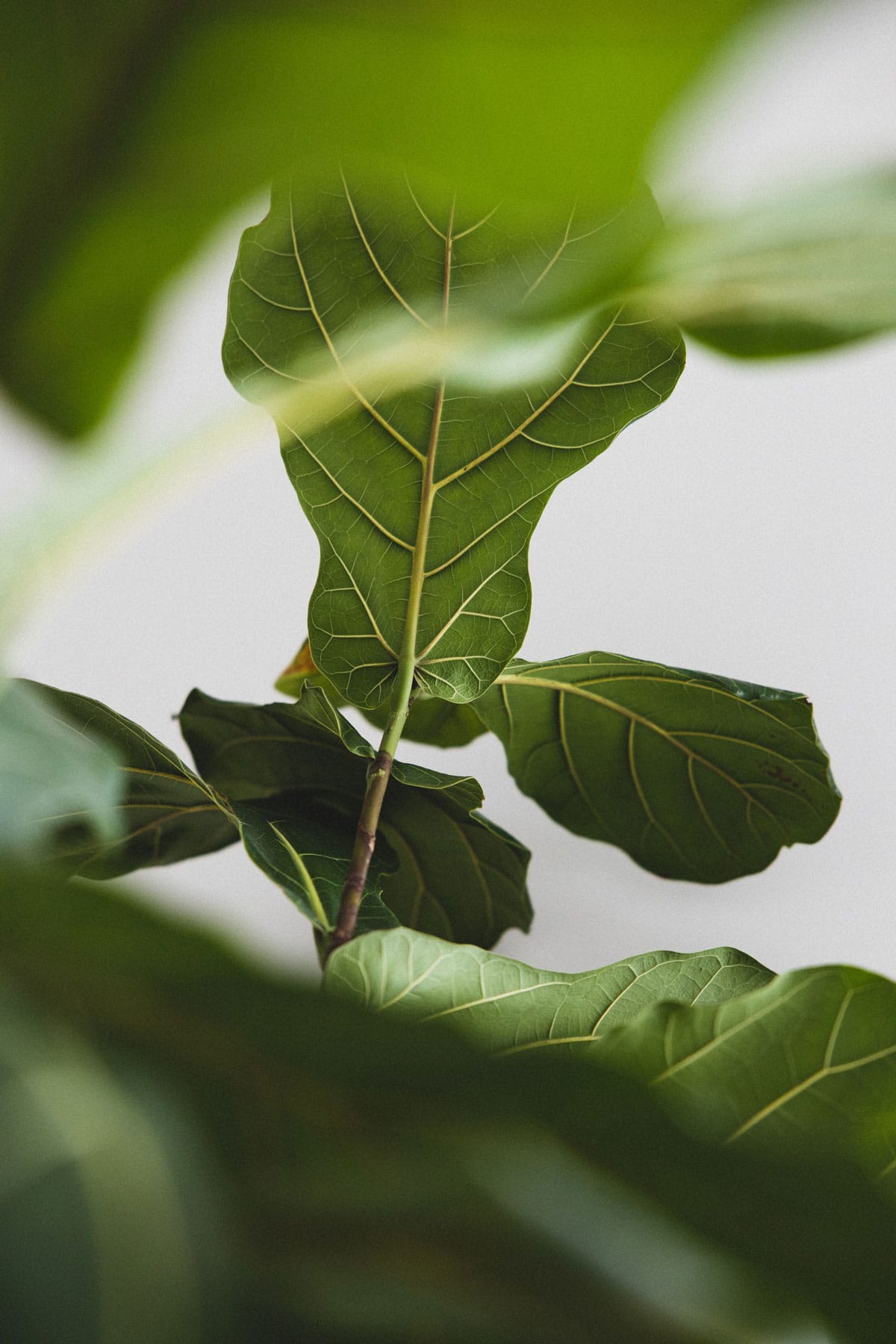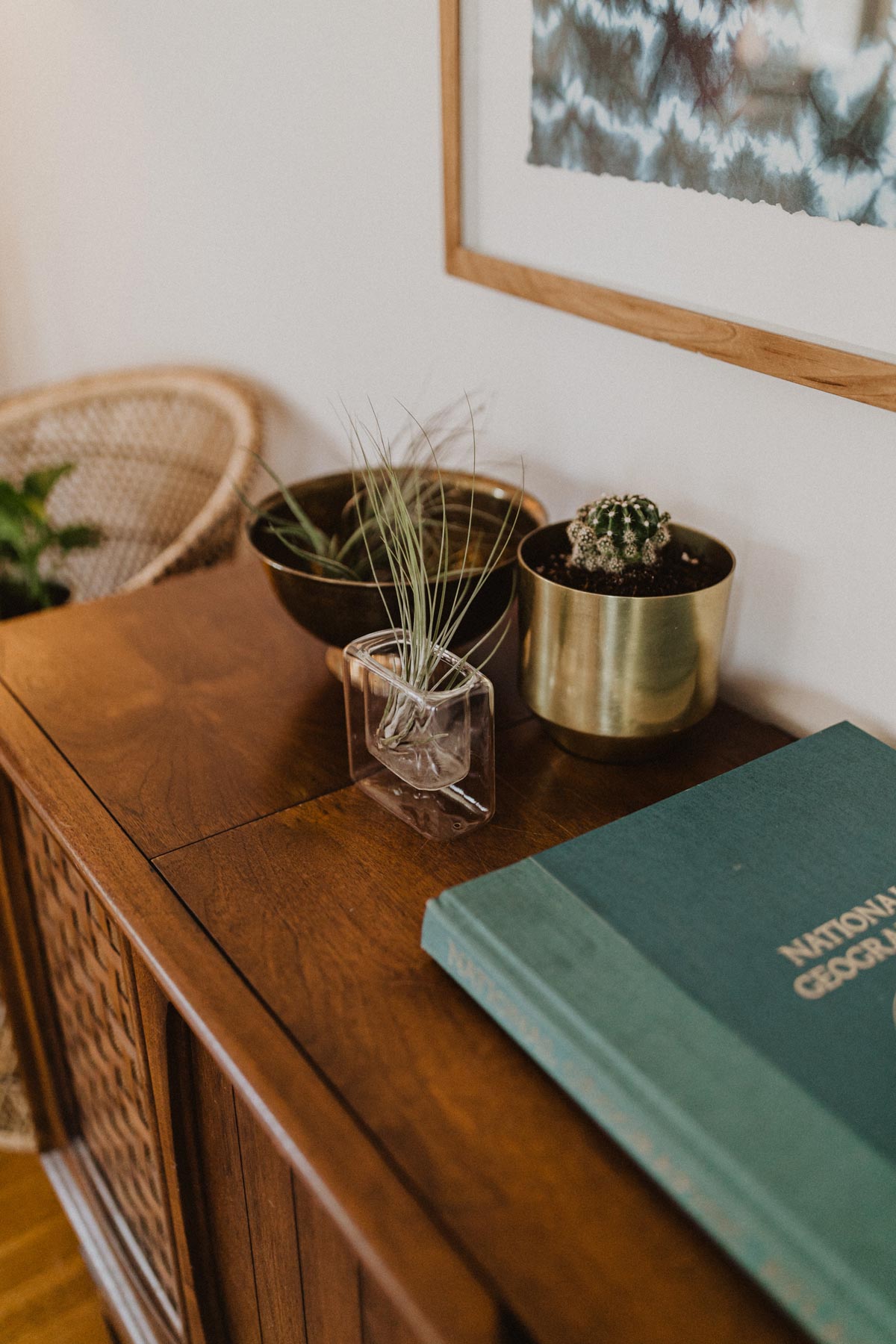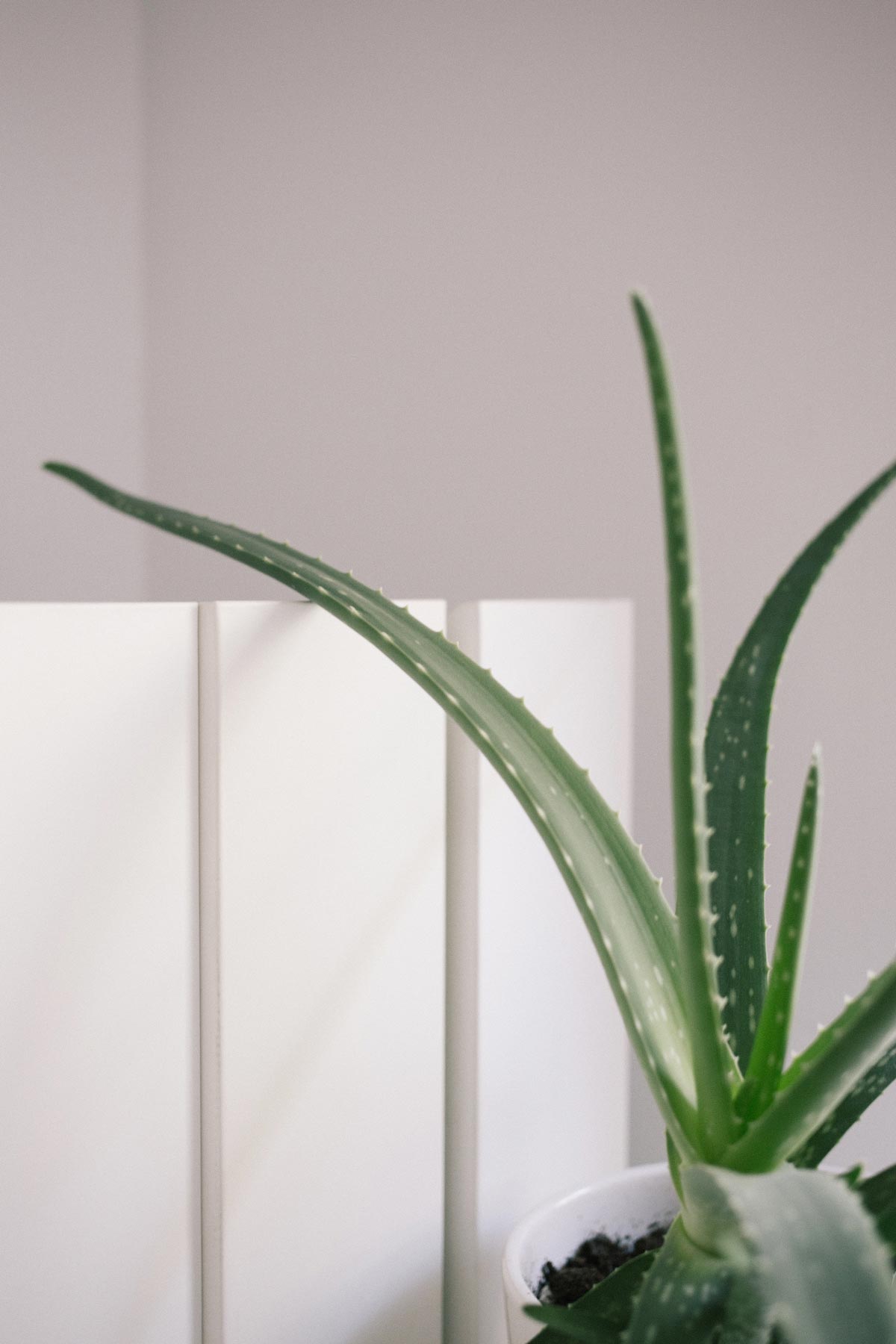The best low maintenance plants that are hard to kill
Whether you live in a city or not, access to nature is becoming more and more appreciated—especially in 2020 when most of us were locked indoors for so long. Did you wish for a little more green to surround yourself in, or desperately try to keep the plant you had previously neglected alive? We looked into what the most resilient houseplants are, the ones that can really weather our hot and cold daily routines.
Chinese evergreen
First on the list is one for the over-waterers, in case the overexcitement of having a new baby in your care gets the better of you, behold the Chinese evergreen. Its temperament is in the name—native to tropical and subtropical regions of Asia and New Guinea, this little gem will drink just the right amount of H2O that it needs regardless of the daily drench, but it also can go without water for a couple of weeks, if you’re one of the lucky ones that takes a holiday this year. Keep it in a spot that gets some sun, and it’ll be as happy to be there as you are to have it!
Asparagus fern
If you want something a little unusual, and your apartment isn’t graced by as much natural light as you would wish for, get an asparagus fern, which isn’t actually a fern but looks like one. Native to South Africa, this fluffy friend adapts to any light it can call home, all you have to do is keep the soil moist.
Fiddle-leaf fig
Another home lover is the fiddle-leaf fig, from western Africa. With big branchy leaves, you’ll prize yourself a plant mamma without even trying to be one. It can grow up to 15 metres tall, but you can also keep it small if you keep it in a smaller pot. I left my flat for two whole months this year and came back to a bare twig, but within a couple of weeks of the odd watering here and there, buds eagerly began to sprout out. Now, I will never believe a plant is dead until it really is dead.

Yucca
Do you have a house full of sunshine that we can all be jealous of? Then the yucca plant is right for you. Basically, you don’t have to do anything at all but keep it in the sun. Native to the hot and dry parts of the Americas and the Caribbean, treat it as if you imagine it in its natural habitat, and let it treat you to believing you’re on holiday somewhere really exotic.
Air plant
If you have no soil or space for a pot at all, there’s a plant for that too, believe it or not, and it goes by the name of an air plant. All you have to do is dunk it in fresh water for two or three hours a week, hang it up or prop it up and you’re both good to go, with no mess involved at all.

Crown of thorns
There is hope for those of you that love flowers too, either opt for a bunch of lavender stalks that even dead, still look alive. But otherwise, the crown of thorns from Madagascar will quench your thirst for a pop of colour among the green, with no pruning needed. This flower doesn’t like much water, and isn’t fussy about where it sits.
And there’s more!
Then, what is a no maintenance plant list without our ever reliable succulents. From aloe vera, to jade plants, these squishy leaved darlings will not let you down as much as you let them down. They are born for the dry desert, and have survived centuries of climate malfunction, that’s all that really needs to be said.
It’s safe to say there is a plant for every wishful green thumb out there, so no excuses. You could order all these plants online thanks to the digital age, or make the good old journey to a store. It is worth the effort, it’ll make you feel good to nurture something alive other than yourself.






